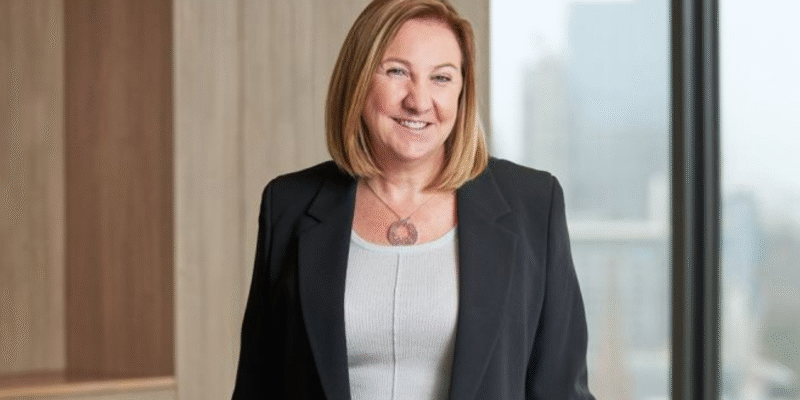Should conveyancers join forces to handle AML compliance?
The prospect of crippling costs to comply with incoming anti-money laundering laws raises questions around the way practitioners can work together.

OWNER operator property professionals bracing for tranche 2 Anti-Money Laundering and Counter-Terrorism Financing (AML/CTF) reforms are facing a mountain of additional compliance.
It’s prompted some analysts to raise questions about the benefits of clubbing together to form reporting groups.
Is the best strategy to manage these incoming compliance – or is going it alone a safer bet.
That’s a question Richard Lee, a partner at risk consultants KordaMentha raised recently, highlighting that a reporting group structure could be beneficial.
Though it is not without serious risk.
“Forming a reporting group is appealing from a compliance perspective because it can consolidate key obligations like AML programs, customer due diligence, and suspicious transaction reporting into a single, streamlined process,” he says.
“There are obvious cost savings from centralising compliance.
“Implementing a shared RegTech solution across a network reduces duplication and strengthens the consistency of controls.”
Proponents argue that grouping also helps with information sharing under a single framework, reducing the chance of inadvertent “tipping off” breaches.

But the downsides are significant.
“Under the Tranche 2 reforms, if you’re the head of a reporting group, you’re on the hook for the compliance of everyone in that group,” Lee warns.
“It’s a big responsibility. If one franchisee gets it wrong, the franchisor could face serious penalties.”
Australian Conveyancer recently highlighted that fines for breaches could amount to $19,000 a day.
The cost of complying is also significant.
The Attorney-General’s department has recently released estimates showing that businesses with a turnover under $200,000 a year will face upfront costs of $4, 040 and annual fees of $6,020.
For those business with a turnover in excess of $200,000 it is a $28, 650 fee upfront and $33,230 annually.
So sharing the burden is definitely an option.
But sharing could introduce tensions, Lee noted.
There’s also a danger that a ‘one-size-fits-all’ approach to AML may not serve everyone equally.
“Regional or lower-risk offices might find the burden too heavy, while high-risk urban offices may need more stringent controls,” Lee says.
Some practitioners could feel excluded or over-governed, disengagement becomes a real risk – and that’s when compliance can really fall apart, Lee says.
For some, the solution may lie in a middle ground: a hybrid model.
This approach avoids formally creating a reporting group, but still offers system-wide AML guidance and tools, while allowing franchisees to manage local implementation.
“A hybrid model gives you flexibility, clearer accountability, and faster local decision-making,” Lee says.
“But it still requires oversight. You can’t just hand over the keys and hope it all works.
“The goal has to be genuine, sustainable AML compliance – not just ticking a box.”
Reaal Estate Institute of Australia president Leanne Pilkington highlighted the pressures facing smaller players.
“The level of readiness varies greatly. There’s a lot of the bigger brands and franchisors doing a lot of work behind the scenes. The ones I’m concerned about are the independents who don’t have somebody to lean on,” she said.
KordaMentha’s financial crime partner Rachel Waldren highlighted recently that not all conveyancers faced the same threat level.
She said: “A regional, very small business, that only deals locally may know all their customers, and the risk that the customers pose will be lower because it just might be domestic transactions, versus a large real estate agent dealing with large-scale property and foreign investors.”






